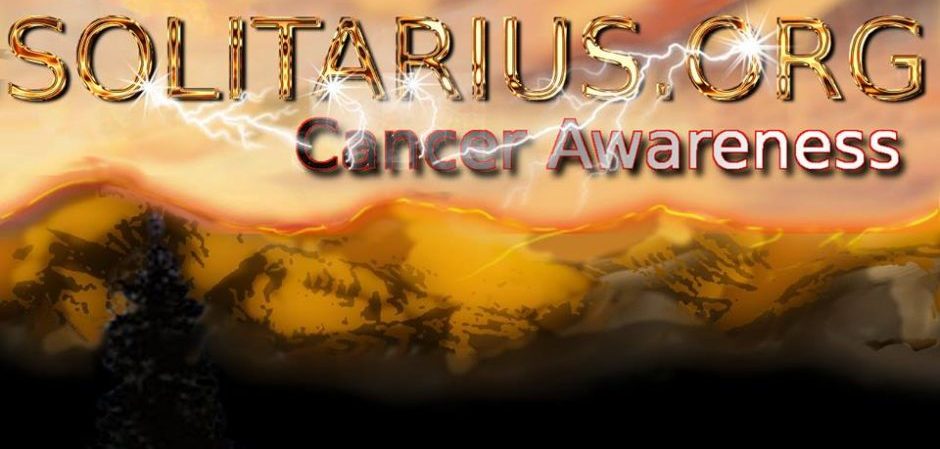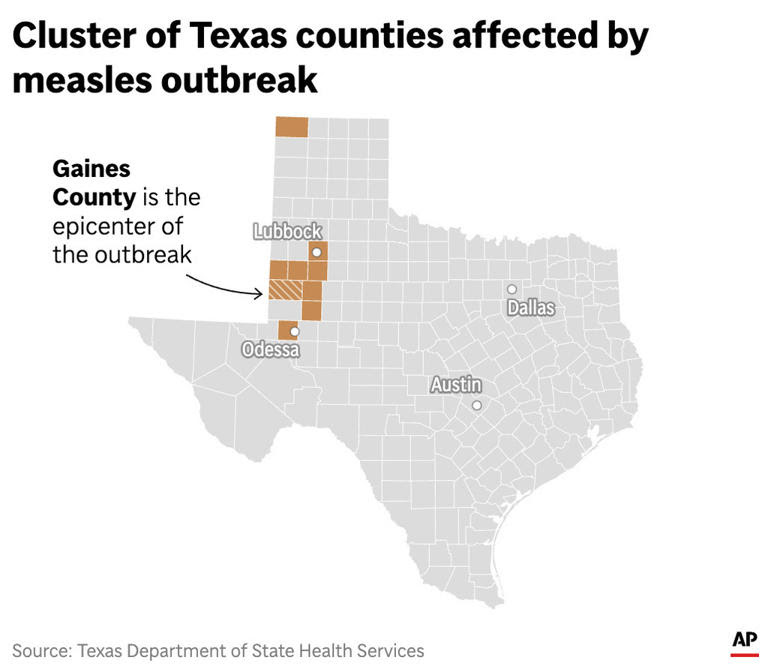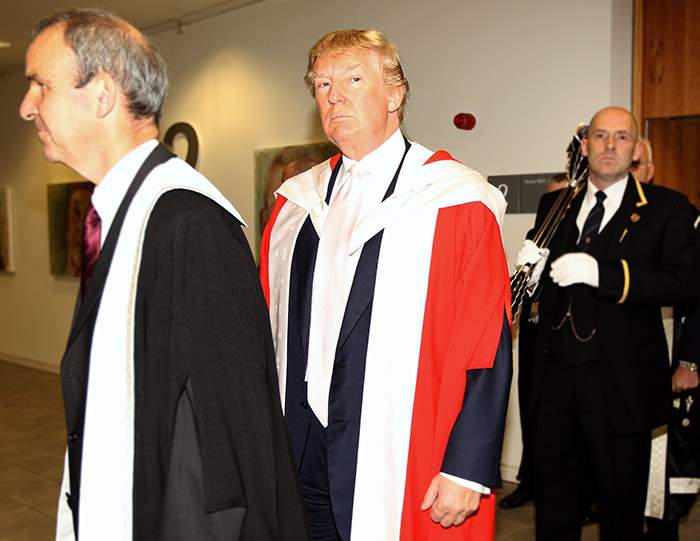
Covid was a test of compliance. Wanting to jab the world was a massive red flag to me…plus there’s absolutely no way they could have made such a large volume of the heart dart in such a short period of time. I knew it was coming and called a(Gen)da 21… I warned others and saw Fauci being used again, just like the aids plandemic.
How corrupt the world is and has been for years but the Scamdemic definitely woke me up while recovering from life threatening meningitis, spending 6 months disabled I went down the rabbit hole which I had very little time to research before my illness.I didn’t yield and threatened our NHS with solicitors as the harassment was another level being classed as “vulnerable” I lived to watch this nightmare begin and have had a friends die since they “trusted the science” ![]()
![]()
![]()
That we cannot trust any of the governing bodies on ANY issue relating to life /health! They lie lie lie for power / money & do not give a damn how many suffer & Die to achieve their evil Agenda 2021 >> depopulate ! I WAS a nurse but will never trust medics again . Marjorie HodgkinsFollowing rules for payment ![]()
I learnt that I’m NOT one of those human sheep ![]()
![]()
![]()
![]()
![]() that does what I’m told, I had no vaccines and I never wore a mask…….
that does what I’m told, I had no vaccines and I never wore a mask……. ![]()
![]() our lives carried on we didn’t comply with any of it. It’s nuts how many people just allowed themselves and the children to be herded like cattle with absolutely no reason
our lives carried on we didn’t comply with any of it. It’s nuts how many people just allowed themselves and the children to be herded like cattle with absolutely no reason ![]() they just believed everything they were told… what a wild time to be alive hey!
they just believed everything they were told… what a wild time to be alive hey!
That the truth always comes out. Humanity wins from live not evil. Don’t trust the government or science. Use your intuition; listen to the gut feelings but not your heart, the latter organ will get you into serious trouble. But the ‘Mesentery’ and Biome will not. it’s there for a reason.
Always followed my gut instincts, my intuition, God given.
I listened to what they said, but I also watched what they did, it didn’t seem logical or normal.
So, here we are today. We saw who was willing to betray their own to get ahead, tow the line to live. Remember those types of people in a shit hit fan situation, whether friends or fam, get away from them as fast as you can. That our politicians serve their master’s i.e. WEF, UN, WHO IMF et al, and their interests, and are treacherous P.O.S.’S to WE THE PEOPLE, WHOM THEY ARE SUPPOSED TO SERVE!!!
That we got played right into the hands of evil demonic, not going to use the word humans, because humans are not supposed to hurt others!
That we cannot trust any of the governing bodies on ANY issue relating to life /health! They lie lie lie for power / money & do not give a damn how many suffer & Die to achieve their evil Agenda >> depopulate ! I WAS a nurse but will never trust medics again.
Following rules for payment ![]() We learned that our government is corrupt and governed and paid for by others. They do not care if I live or die, and I’ll trust my own common sense in future like I did then. No Jibby Jabbie’s and no mask wearing for me. Friends that had them are always ill but still won’t admit or acknowledge they have been poisoned.
We learned that our government is corrupt and governed and paid for by others. They do not care if I live or die, and I’ll trust my own common sense in future like I did then. No Jibby Jabbie’s and no mask wearing for me. Friends that had them are always ill but still won’t admit or acknowledge they have been poisoned. ![]()
![]()
![]()
That our government are part of WEF globalists instead of being National. Became dictators, caused divide. Flooded us with migrants…which taxpayers are funding… was all pre planned and Dr David Martin explains this well. Shocked that so many followed directions. Still shocked that the jabs are still being given in some form or other.
Never to trust the government or medical profession, all bought and paid for…Globalist puppets. They are selected for purpose as they come up through the ranks, spotted as early as infants’ school…. Brigg Myers tests separate the Psychopathic from the Sociopathic. That communists are as powerful as I suspected.
That most western governments are corrupt and fully on board with betraying their citizens to the point of murdering them. And that those same citizens are far more brainwashed than I appreciated, I did expect resistance to grow but instead they stayed at home and obeyed the madness like the sheep they are.
A Five-Year Biography of a Fool By Author Unknown
It became clear that half the population have the IQ of a teabag… If you’re not a Covid “conspiracy theorist” by this point, then you’re an absolute dunce…I’ll elaborate…. if you still refuse to see it for the scam it was, then it means:
You somehow believe gov & pharma actually care about you & your health over their profits and business model of lies, blind trust & perpetual sickness… ![]() You believe they wanted to go out of their way to “protect” you & “save” everyone’s granny..
You believe they wanted to go out of their way to “protect” you & “save” everyone’s granny..
Against their lab made flu – with its whooping mortality age of 82…By giving you “free” experimental jabs to inject, multiple times, which they knew didn’t stop transmission despite the “do it for granny” campaign and mandates which were null & void in the absence of even testing for transmission prevention…”Free” experimental jabs with no long term data but which you were told and still believe are “safe”… despite the fact you know are linked to myocarditis, strokes, blood clots, autoimmune diseases & cancers…You somehow believe all the “experts” you “followed” just “accidentally” got everything wrong – from the origins, to severity, death counts, social distancing, lockdowns, masks, marginalizing the elderly, suppressing known tested treatments, and floor arrow stickers etc…. all coincidently in unison together. ![]() .You believe all the “experts” after getting the aforementioned wrong then proceeded to “accidentally” just “miss” such side effects as myocarditis, blood clots, strokes & auto immune diseases … again and coincidently all in unison together…
.You believe all the “experts” after getting the aforementioned wrong then proceeded to “accidentally” just “miss” such side effects as myocarditis, blood clots, strokes & auto immune diseases … again and coincidently all in unison together…![]()
You still believe it was a “pandemic” despite the admissions of how they just made up all “the science” and lied about the origins, death rate and every aspect of the “pandemic”…You still believe it was a “pandemic” despite the same people who were telling you to be scared getting caught having “wine time Fridays” as usual, engaging in extra martial affairs, and hosting drug fueled orgies in NYC etc…. cos they knew there was nothing to fear – but they told you to sit at home with a mask on and clap like a demented sea lion for nurses dancing around empty hospitals…and after all those lies they told you – you still actually believe gov censorship of known true information from medical experts was somehow “for your safety”…![]()
You then believe those who lied to you, made up science, produced the glorified flu and supplied the jabs just coincidentally also benefitted from the biggest transfer of wealth & power in history…. ![]()
You believe it’s just coincidence that big pharma are going to fulfil their business model and keep profiting from the jab side effects for another generation – even though you know they’ve been caught lying about known side effects (like cancers) in their products many times before… ![]()
You completely ignore how in 2020 you (authorities & gullible people) wanted to virtue signal wherever possible and take whatever ridiculous precaution imaginable to get patted on the back – from decimating the economy, disrupting children’s education, marginalizing the elderly & sick as hospitals lay empty, turning on your family & Neighbour, accepting censorship & vaccine mandates, following floor arrow stickers around a shop like a fluking peanut thinking it was “science”, wearing masks & blindly trusting gov & pharma with you & you families health….to the point you volunteered to take “free” experimental jabs, multiple times – and all this was to save every stranger & their granny….. from a flu….. with average mortality age of 82…![]()
But today – for a reason you don’t even know – you get triggered when it’s pointed out young people are dying from heart attacks & blood clots etc in record numbers, commencing immediately after the rollout…. but unlike happily attributing every death to Covid based on a 28-day window, now you want to pretend like it’s not happening.
You’re doing your best to convince yourself 11-year-olds having heart attacks or athletes dropping on the field every week is “normal”, and definitely nothing to do with the recent jabs which are linked to myocarditis, blood clots, strokes, autoimmune diseases & a myriad of other issues.
You’ll go as far as risking giving your own children heart issues, blood clots or autoimmune diseases for their whole life by still pushing an experimental jab on them, that doesn’t work against a virus…. which doesn’t even affect children… and you do this simply cos the same people who already lied to you & profited from doing so said it’s “safe” – even after it was revealed they knew about the plethora of side effects pre rollout but let you find out about after the fact ![]()
![]() It’s polar opposite behavior…. where’s the gov intervention & virtue signaling from you for young people today that you exhibited for the elderly in 2020, before they were marginalized to die alone in care homes?
It’s polar opposite behavior…. where’s the gov intervention & virtue signaling from you for young people today that you exhibited for the elderly in 2020, before they were marginalized to die alone in care homes?
Do you reckon the gov & media are just too busy these days trying to keep us safe from climate change or Putin? ![]() Or is it because the media aren’t telling you exactly what to care about and exactly how to care about it before calling you a hero?
Or is it because the media aren’t telling you exactly what to care about and exactly how to care about it before calling you a hero?
Why are you not displaying the same level of anger & hate you spewed at “anti vaxxers” (on the basis they’ll potentially put your health at risk by not taking jabs which don’t stop transmission) towards those who actually did put your health at risk by knowingly poisoning you & your family with the same jabs linked to an uncountable number of deaths?
You haven’t even as much as asked for an apology from them…Instead you’re actually spending your time now still defending those who already lied to, potentially poisoned you and made record gains in wealth & power for it![]() …. how do you even justify that? How are you going to justify it to future generations?
…. how do you even justify that? How are you going to justify it to future generations?
How do you justify all the rest too while ironically still calling others “conspiracy theorists”?It’s one thing getting played like a fiddle in 2020 by the 3 most untrustworthy entities on the planet who thrive on lies and are likely to try to fool you – but to actually still be defending them in 2025 is unbridled stupidity and/or cognitive dissonance… So ultimately, you’re either having trouble accepting you were fooled and trying to salvage what’s left of your ego – or are just extremely gullible, naive & dense…. regardless either way, like I said, you’re an absolute fcukin dunce![]()
That the Covid scam was just a means to an end, and despite the horrendous damage it did to people’s health and the world economy, it is not the biggest problem we have. That’s coming. People need to learn what these huge AI data centers are all about, currently under construction in the US and UK. This is the human control grid, necessary to run all digital systems. Digital IDS, facial recognition, biometrics, social credit scoring, central bank digital currencies, carbon allowances etc.
All of it! Government is promoting the benefits of Ai, but saying nothing about the downsides. As Mike Yeadon warned a few years ago, “we can cope with most things, but we cannot cope with the control grid.” I concur. There will be no escape from this beast system when it becomes operational. We need to focus on the danger that’s coming, rather than what happened in the past.
I learned that I had discernment, and the world was being conned. I just couldn’t quite understand why until I got reading and listening. I discovered Janet Ossebaard and her set of fantastic documentaries. I took the red pill instead of the blue and have been learning and listening ever since. I’ve also been able to exchange views and opinions with like-minded people on groups such as this one. During the height of “go and get vaccinated” I was able to find lots of people that knew it was a cu11ing process and opted out just like I did!! Knowing I had a like minded tribe out there was such a relief.
The true understanding of Cognitive Dissonance… Never had my soul shaken until now , the realisation that the world has felt the true force of evil ![]() via a death jab
via a death jab ![]()
![]()
![]() the psychopath was perfect. I learned that it was just a prelude for bigger evil plans against humanity by some power hungry and greedy globalist elites. Everything is orchestrated, from fear mongering to d£populate using
the psychopath was perfect. I learned that it was just a prelude for bigger evil plans against humanity by some power hungry and greedy globalist elites. Everything is orchestrated, from fear mongering to d£populate using ![]()
![]()
![]() and control tru beast system.
and control tru beast system.
I knew it was bullshit when I saw Chinese people lying in the street, then the Italian bullshit showing hundreds of body bags. It was all like a B movie ffs. Then I found out midazolam and morphine were the protocols in hospitals. NHS staff are culpable I don’t care what anyone says, it was given out like candy and still halfwits are rolling their sleeves up. There is more of a worry now more deadly than covid and that’s the traitorous LABOUR PARTY
BigNige MooringI leant from week 2 to 16 I could sh#t through a needle ( stopped milk and dairy at 15 weeks and all stopped. It makes you lactose intolerant and explains the toilet roll rush) I also found out having a temperature of 104f 40c for 7 days straight killed MRSA in my leg that flared up every 3 months and has never come back. The hospital is very amused about that.
Never had a jab as beat it naturally as haven’t had a cold ever since ![]()
![]() so bit of a mixed bag really
so bit of a mixed bag really
That the entire Germ-Hypothesis paradigm is a many times over falsified and erroneous idea, dating back to the dark ages, which is only kept alive as it is the literal backbone of the Disease-for-Profit industry, the biggest business on Planet Earth, which has financial tentacle-strings into every aspect of modern society, effectively make the entire social-economic system serve its interests (profit/power).The entire paradigm rests upon this fictional concept of “contagion”, which is nothing more than a very popular and widely believed in myth.
Disease is self built through errors of living, flagrant violations of the natural laws and order that govern the internal life of our vessels.And a whole lot more, but these are the highlights…
Oh my gosh, the entire human population went bezerk on planet earth, The fear, the panic, the worry, I was the only one who was not in panic or fear, and refused any va$$ cines… no matter what kind of mandates were enforced….and most of my family mother and siblings and my relatives – cousins- nieces- nephews- and the little innocent babies were forced – their work – job- etc… elderly were wrongfully forced….. ![]()
All along I was hinting that the BIG COV- was a distraction to depopulate the planet-chiming in the Corrupt Artificial Intelligence higher electromagnetic frequencies H.A.A.R.P. and its – 5-G- 6-G -etc. ..Graphene oxide laced vaccines harm the brain…. Kills new blood cells in our body, destroys the immune system, weakens the heart muscle…. ![]() Hence why 5-G was forced on us….
Hence why 5-G was forced on us….
the (2) evils at destroying our human genome.. DNA….the function of our brain turning to rot and mush…

Yeah……my gut warned me to not pay attention nor comply nor accept under any circumstance….a few listened, a few laughed and mocked me …..They’re not laughing anymore…. ![]()
Making a Killing Documentary – Search Videos
Patty Corrigan Myers The gov and Fauci murdered millions and were greedy. My husband was just one of 1.2 million at the least who were killed and others profited off their deaths. Sick. Evil!I decided to make a documentary so that the truth can be told of what happened in those hospitals. What I saw and what I witnessed was evil. On ice, water and food are hard to come by in a hospital that’s inhumane.
HOLY JESUS … he’s not mincing words AT ALL . This is very serious… EXPOSE EXPOSE EXPOSE EXPOSE
Dr. Sherry Tenpenny / Medical License Suspended by Ohio Medical Board / August 9, 2023
How Bad is my Batch – vaccine and drug safety – check adverse effects
U.S. top court bars patents on human genes unless synthetic | Reuters
Anti-magnetizing-vaccine doctor loses medical license – Ars Technica
Dr. Sherri Tenpenny License Suspended by Ohio Medical Board
(1) DR Sherri Tenpenny from Cleveland Ohio Facebook
The name of YHWH in your DNA – Rumble
XXXXXXXXXXXXXXXXXXXXXXXxxx



















 Uncover
Uncover 

